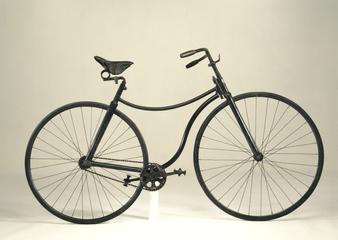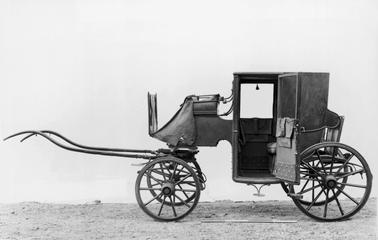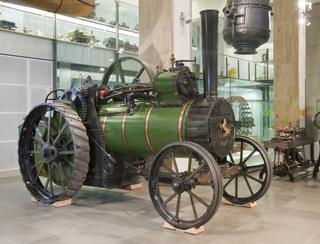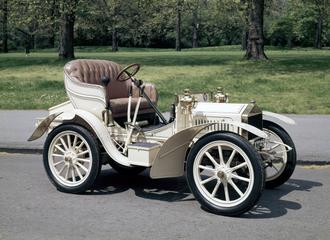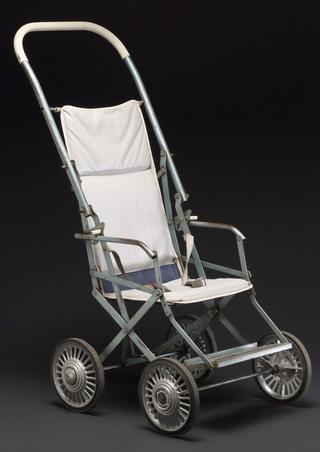Sectioned Morris Mini-Minor car, by British Motor Corporation, Cowley, Oxfordshire, England, 1959. Launched on 26 August 1959, the Mini was born of the need for fuel economy following the Suez Crisis of 1956. It was designed as the smallest possible, civilised, four-seat car. Powered by a four cylinder, 848cc, 37 bhp engine, the car has a four-speed gearbox operating in the engine sump, driving the front wheels through Rzeppa constant velocity joints.
This sectioned Mini was built as an exhibition car in 1959 to illustrate Issigonis's brilliant space utilization and the transverse engine layout. 'You've never seen a small car like this before', wrote the advertising men. But innovation has never been popular with salesmen, and even the enthusiasm of the Press did little to allay the caution of early buyers. It wasn't until London's trendy set adopted the car that the Mini became a sales success.
The first Minis had an over-large turning circle of 31ft (reduced to 18ft in 1967), but even so could park in a gap of only 11ft 6ins. That's only eighteen inches longer than the car, a fact which caused great excitement as street after street grew forests of parking meters. The straight gear lever gave way to a remote change, pioneered on the Coopers, on later cars. The sliding windows were another space-saving feature, and when they were replaced by wind-up ones the front door pockets also disappeared. Note the wicker baskets, specially designed to fit the pockets and the recess under the rear seat. Intended as an official accessory, they appear in illustration in the original brochures.
